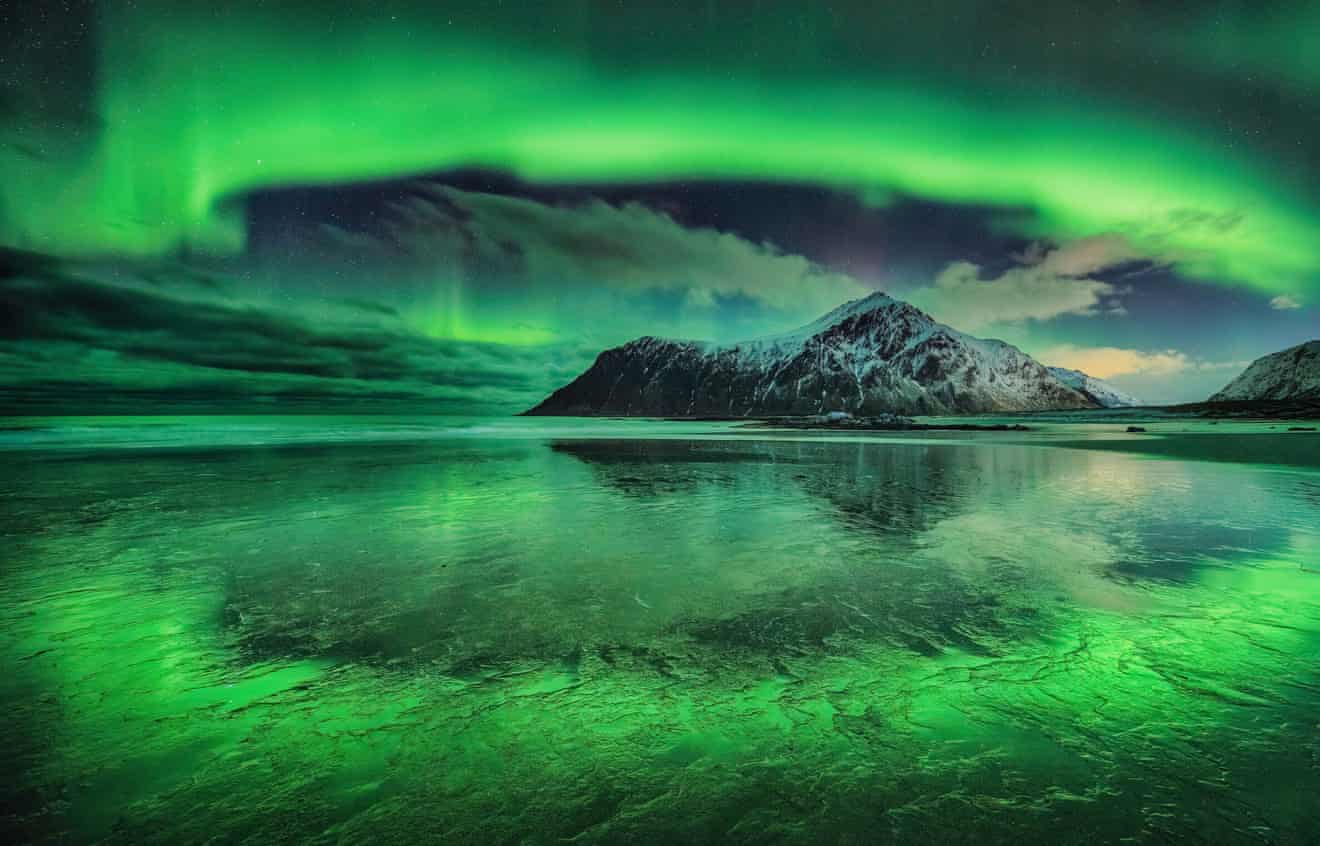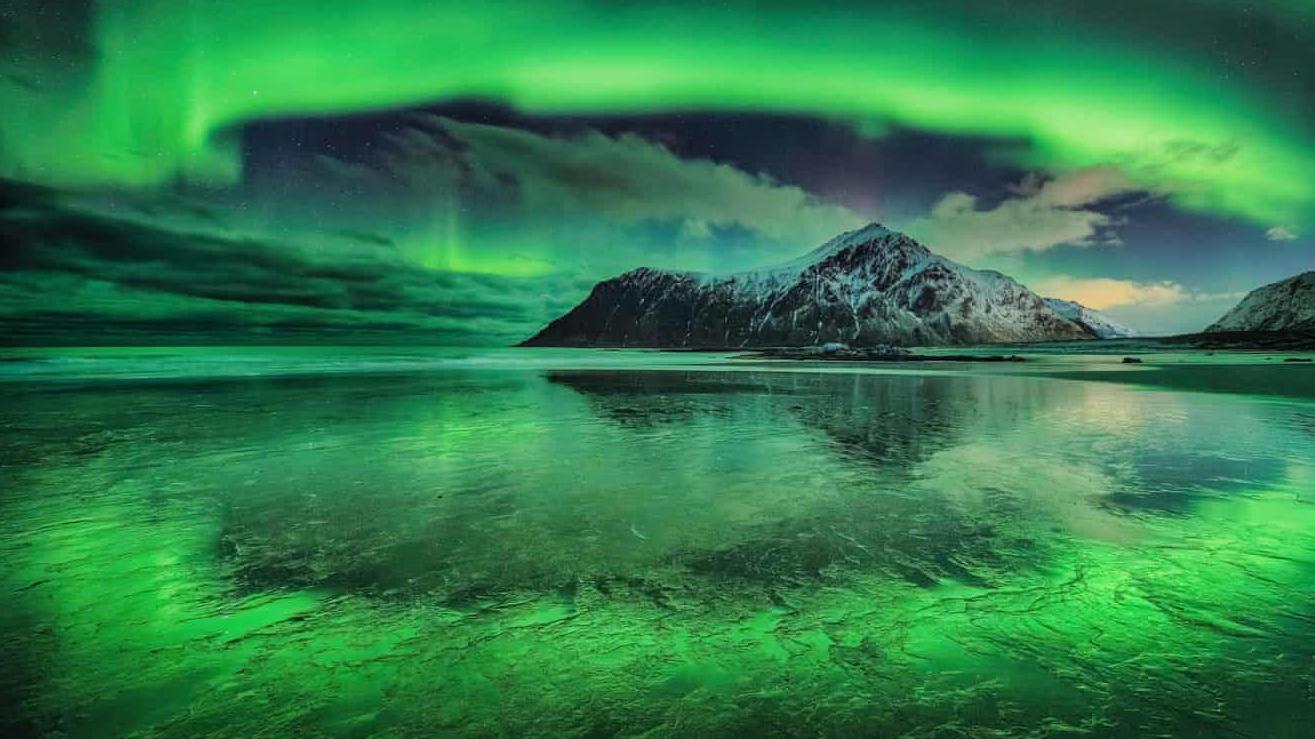Astronomy Photographer of the Year 2023 is an annual, large-scale competition for space photography organized by the Royal Observatory Greenwich in the UK. This year, the competition received more than 4,000 entries from more than 64 countries.
A photo of a giant plasma arc next to the Andromeda Galaxy (the closest large spiral galaxy to the Milky Way) has won the 2023 Astronomy Photography Competition from a team of amateur astronomers led by Marcel Drechsler, Xavier Strottner and Yann Sainty with the title "Andromeda, surprise".

The photo "Andromeda, Surprise" by Marcel Drechsler, Xavier Strottner and Yann Sainty won the overall prize.
Judge, astrophotographer László Francsics, said the image appeared hazy in black and white with an enigmatic, almost invisible dot or spectrum. “However, this astrophotograph is spectacular and valuable. It not only shows Andromeda in a new light, but also takes astrophotography to a higher level,” he said.

"The Running Chicken Nebula" by two Chinese boys Runwei Xu and Binyu Wang won the Young Astronomy Photographer of the Year award. The Running Chicken Nebula, IC2944, is located in the constellation Sagittarius, 6,000 light-years from Earth.
According to NASA's website, Runwei Xu and Binyu Wang's "Running Chicken Nebula" (which resembles a giant chicken running across the sky) won the Young Astronomy Photographer of the Year award for two 14-year-old boys from China. The nebula is located in the constellation Sagittarius, about 6,000 light-years from Earth, according to the release.
Judge and professional astronomer Yury Beletsky described the image: "It's stunningly beautiful. The photographers captured the vibrant colors of the nebula as well as the star cluster within it. The cluster contains several other stars and has such intense radiation that the surrounding nebula glows," he continued.
Here are the stunning photos honored in various photography categories of Astronomy Photographer of the Year 2023:
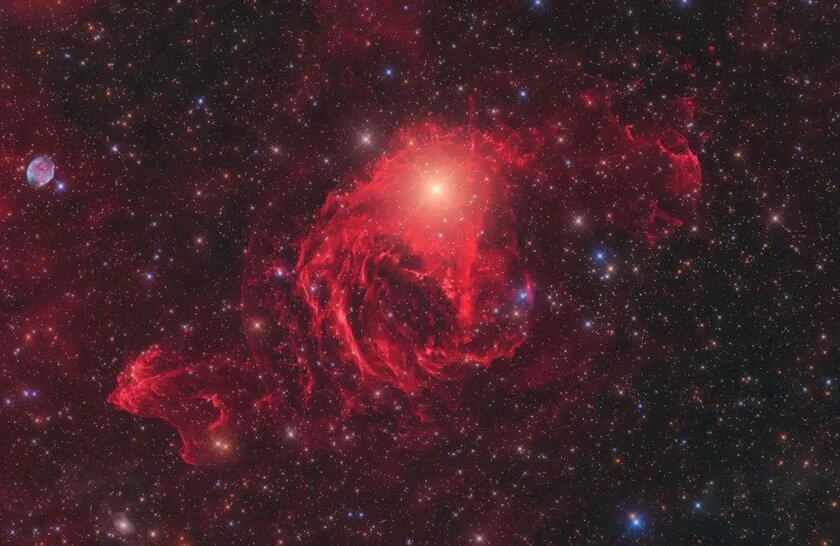
Marcel Drechsler's image of a new layer of galactic nebulae around the star YY Hya. A team of amateur astronomers has discovered a previously unknown galactic nebula.

"Great Cosmic Fireworks" by Angel An, winner of the Skyscapes competition. Sprites are extremely rare atmospheric luminescence phenomena that resemble fireworks. This photo is from the highest peak in the Himalayas

"Occultation of a Moon of Mars" by Joshua Harwood-White
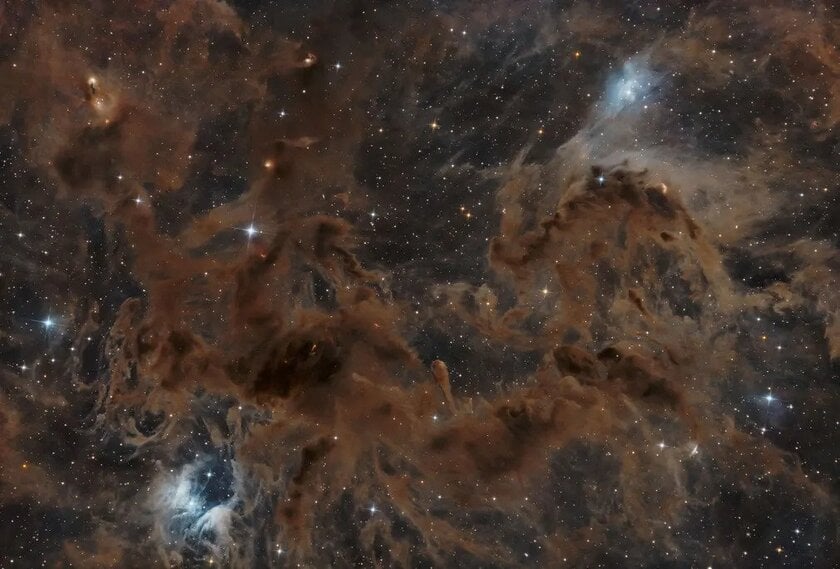
Galactic Runner-up – A photo of LDN 1448, closer to the more spectacular and more frequently photographed NGC 1333
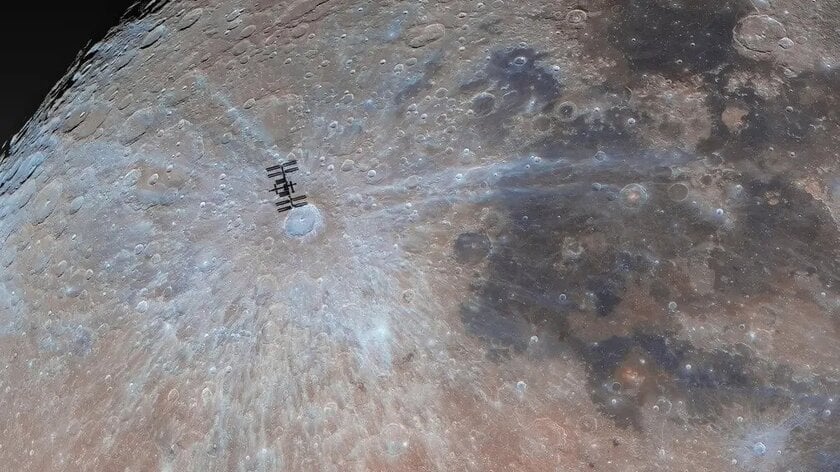
Andrew McCarthy's Visit to Tycho - Runner-up for People and Space. In this photo, the International Space Station (ISS) was photographed in line with the lunar crater Tycho

Aurora Borealis on Skagsanden beach, Lofoten Islands, Norway, by photographer Andreas Ettl

Vikas Chander's work shows the northernmost part of Namibia's Atlantic coast - one of the most dangerous in the world
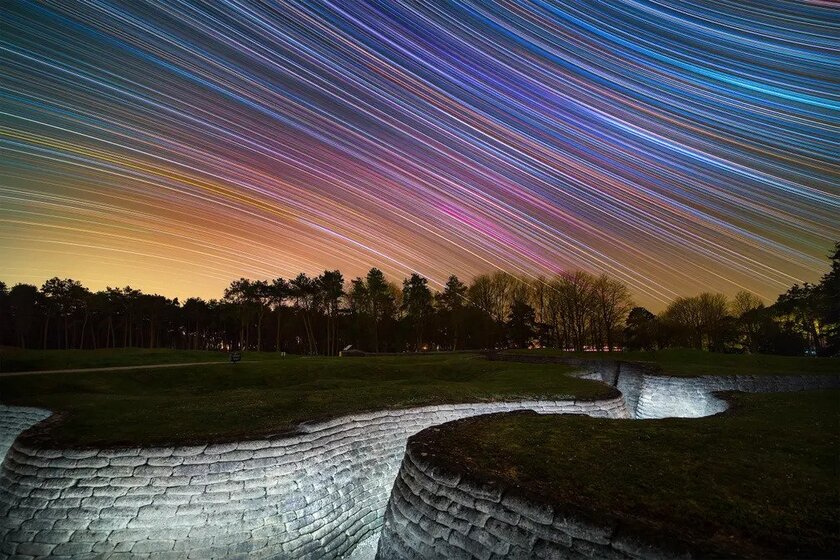
The second prize winner of the Skyscapes category - "Star Trails Over the Trenches of World War I" is preserved at a memorial in northern France. It took more than 5 hours for the camera to capture the rotating movement of the sky, revealing the colorful stars.
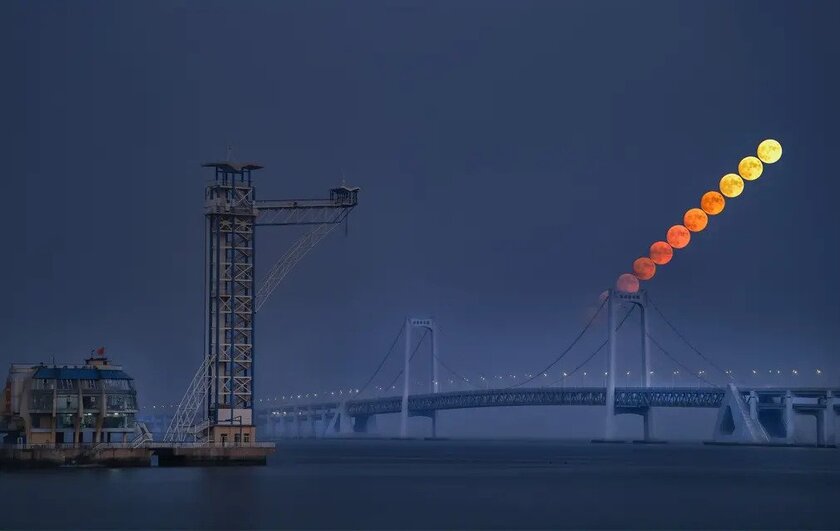
Haohan Sun's Moon at Night, a photo of the moon rising over Xinghai Bay Bridge in Dalian
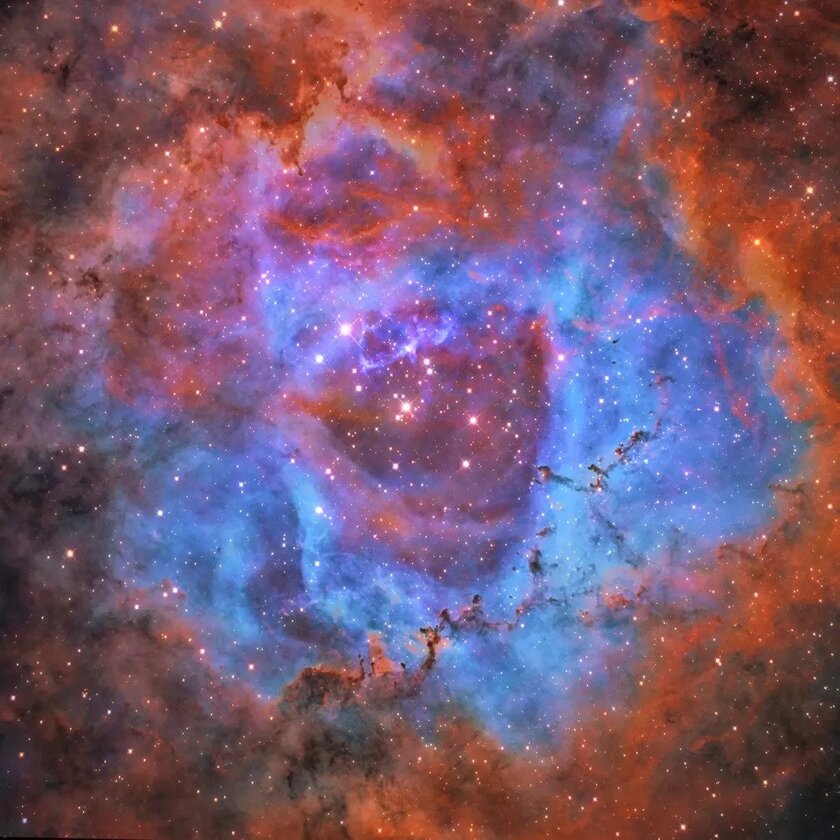
"Roses Blooming in the Dark: NGC 2337" by Yanhao Mo
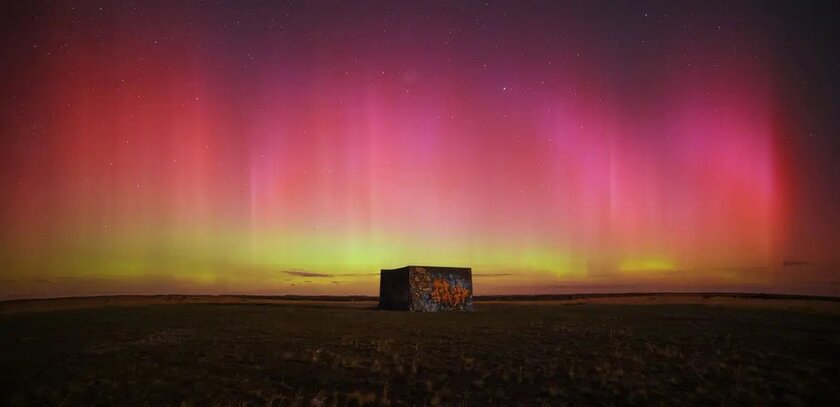
Fire on the Horizon by Chester Hall-FernandezAurorae taken in New Zealand - where auroras are common but because they are far from the magnetic poles they are not usually particularly bright to observers

Blinded by the Light by Aaron Wilhelm. The Sh2-132 cluster lies near the border of the constellations Cepheus and Lacerta and contains many deep sky structures.

The Sun Prize winner with this photo of the sun with a question mark-shaped “huge filament” by Eduardo Schaberger Poupeau
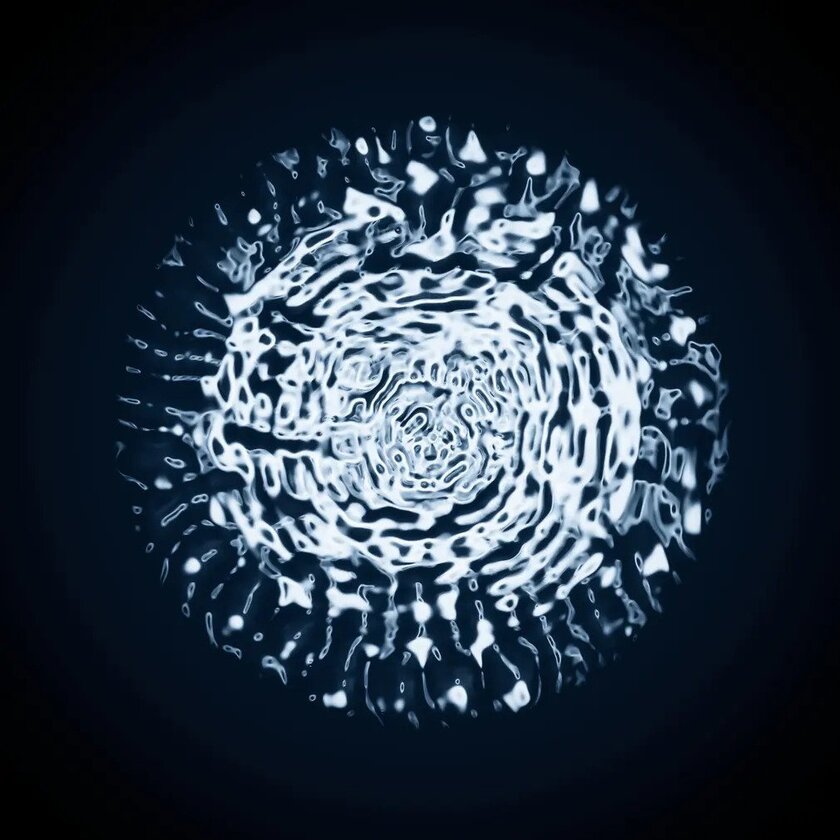
John White's Black Echo





